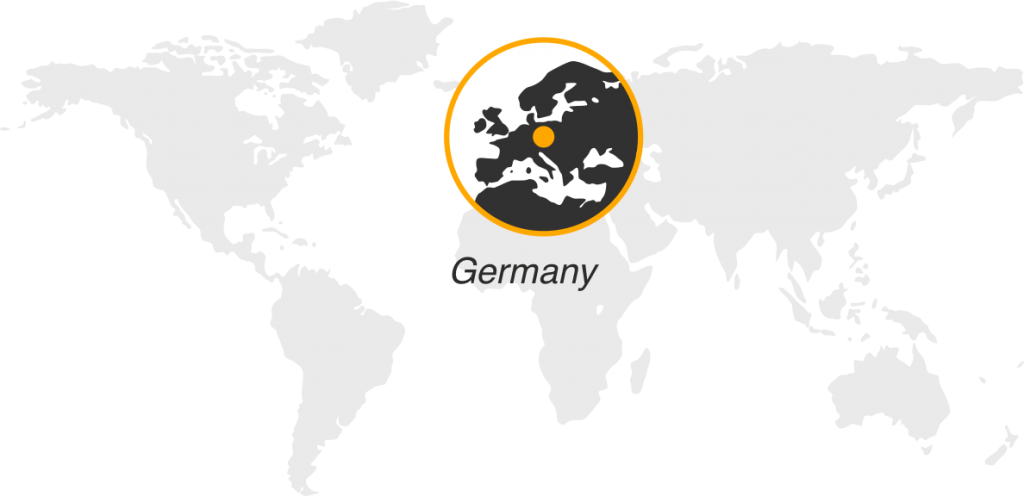
Head of the drug development laboratory, Helmholtz Center, Munich, German research center for health and the environment (Germany)


Leading scientist's research interests: oncology, cell cycle, ferroptosis
Dr. Marcus Conrad and his colleagues generated the first mouse models with conditional knockout of the main mammalian redox-enzymes, such as cytosolic and mitochondrial thioredoxin reductases TXNRD1 and TXNRD2, respectively, as well as glutathione peroxidase 4 (GPX4). Actually, long before the term ferroptosis was coined, Dr. Conrad provided first evidence that deletion of the key ferroptosis regulator GPX4 causes a previously uncharacterized cell death modality, now known as ferroptosis. His laboratory also developed the first in vivo efficacious synthetic ferroptosis inhibitors, called liproxstatins. In one of his recent reports, the role of selenocysteine in the prevention of the active site of GPX4 from overoxidation and consequently from initiation of ferroptosis has been elaborated. In addition, new regulators of ferroptosis, i.e. ASCL4 (acyl-CoA synthetase long chain family member 4) and FSP1 (ferroptosis suppressor protein 1), have recently been identified by the Dr. Conrad laboratory using whole genome screening approaches.
|
Hosting organization
|
Field of studies
|
City
|
Invited researcher
|
Time span of the project
|
|---|---|---|---|---|
|
Functional Quantum Materials Laboratory
National University of Science and Technology MISIS - (NUST MISIS) |
Physics |
Moscow |
Klingeler Rudiger |
2021-2023 |
|
Laboratory of the Spin Physics of Two-Dimensional Materials
Р.N. Lebedev Physical Institute of the RAS - (LPI) |
Physics |
Moscow |
Yakovlev Dmitriy Robertovich
Russia |
2021-2023 |
|
Laboratory for Microwave Photonics and Magnonics named after B. A. Kalinikos
Saint Petersburg Electrotechnical University «LETI» - (ETU LETI) |
Physics |
St. Petersburg |
Kostylev Mikhail Pavlovich
Australia, Russia |
2021-2023 |




